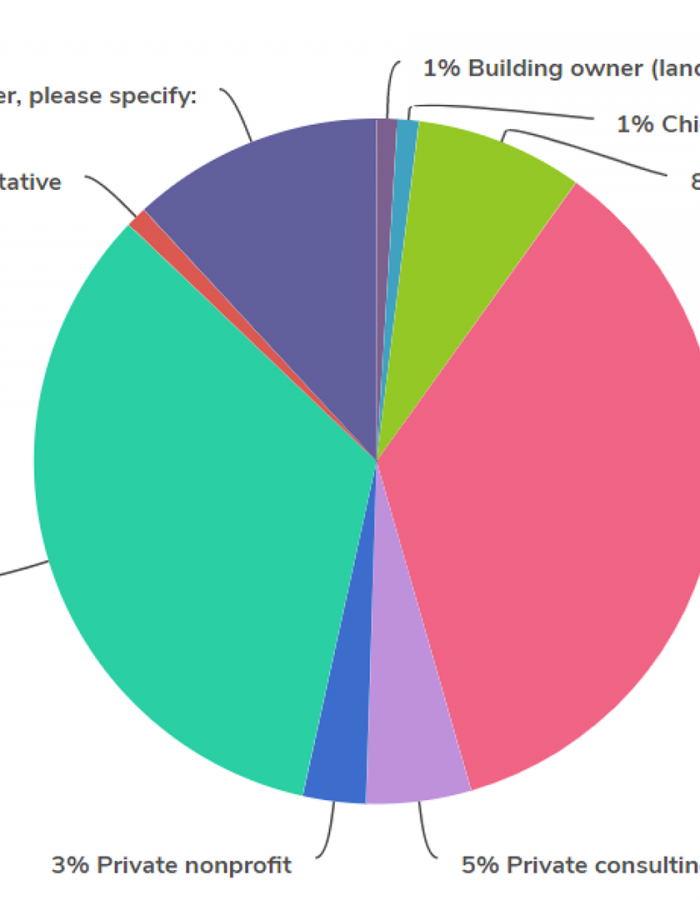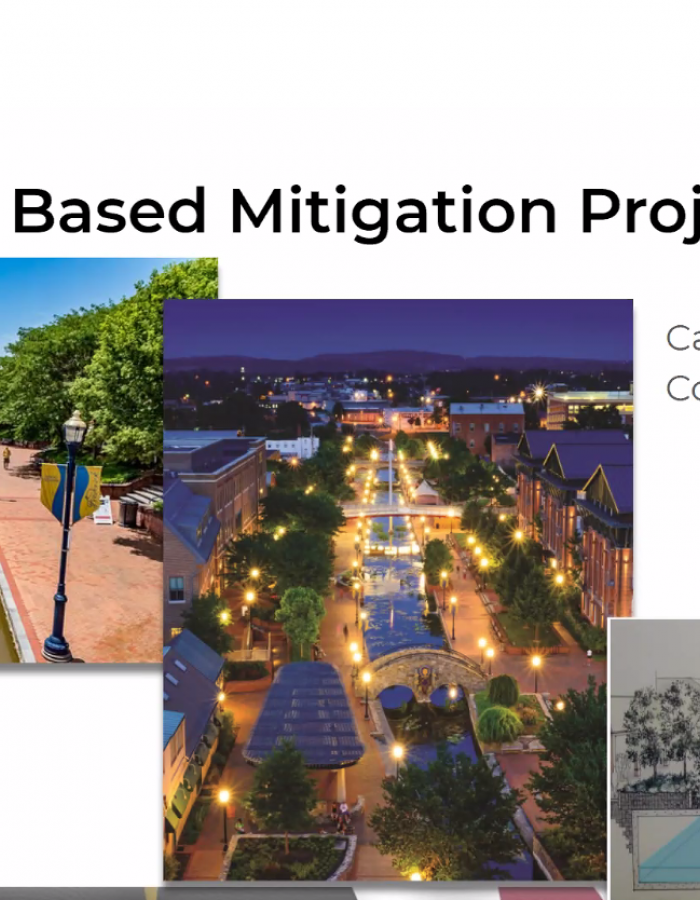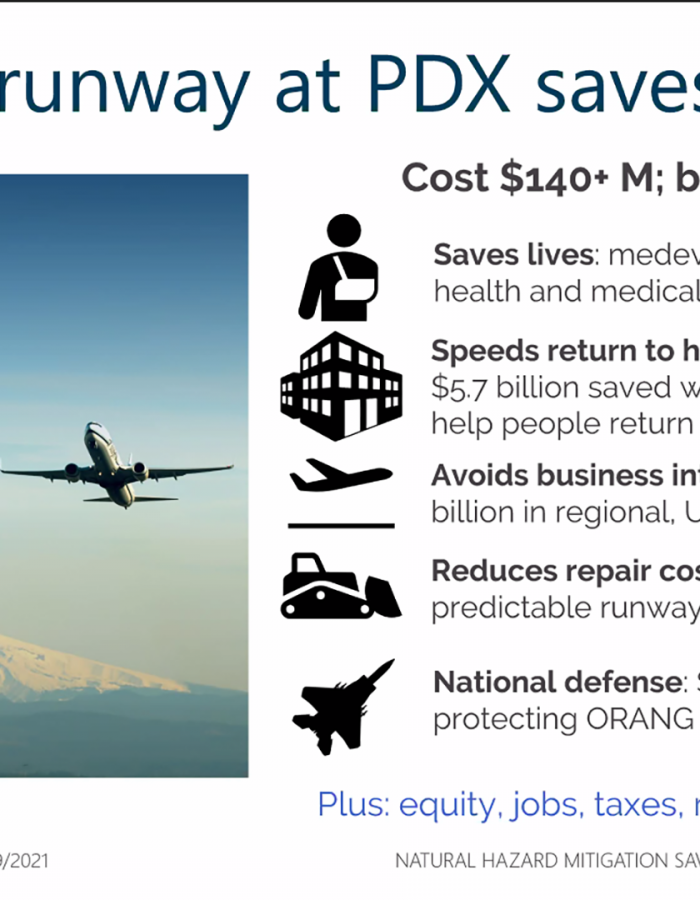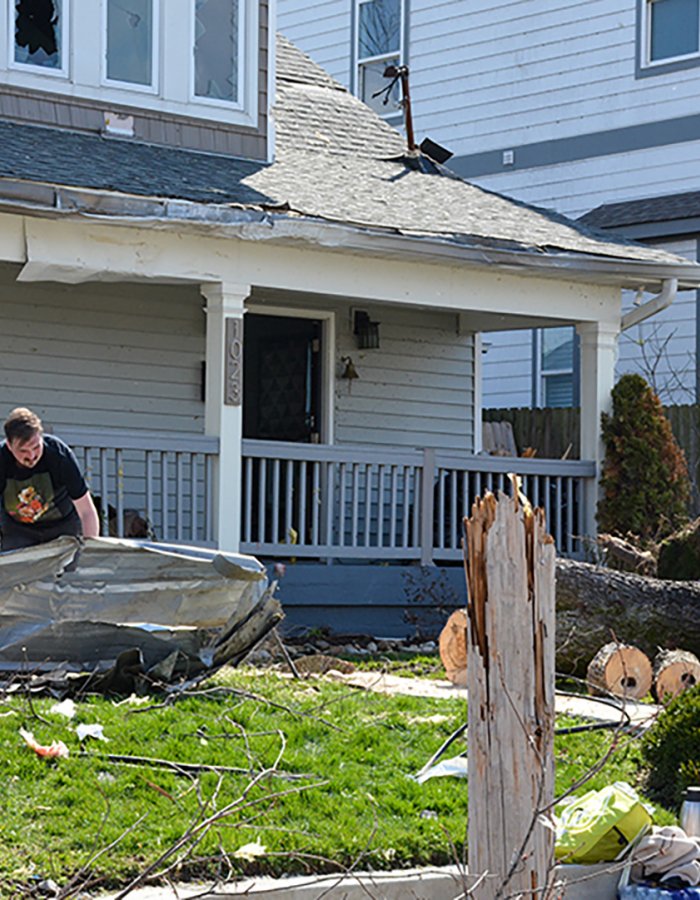Building Innovation: Who’s the 2024 Exceptional Woman in Building?
Pages:
File Size:

The National Institute of Building Sciences is collecting feedback for the development of a new hazard mitigation resource portal called TurboGrants.
TurboGrants aims to help jurisdictions jump-start mitigation projects and improve applicants’ capacity to apply for federal grants.
This portal could help mitigation grants applicants by answering what federal funds are the best fit for community-selected mitigation projects; providing program requirements, limits, and timelines; linking to agency programs; and providing precedent on similar projects in other communities.

Floods are the most common and widespread of all weather-related natural disasters. According to testimony from Federal Emergency Management Agency representative Michael Grimm, flood damage cost approximately $17 billion each year between 2010 and 2018. Rising sea levels and extreme weather could cause $20 billion of flood damage to at-risk U.S. homes this year, rising to $32 billion by 2051, according to recent research by flood research non-profit First Street Foundation.
Pages:
File Size:
Pages:
File Size:
Pages:
File Size:

In light of a White House Administration focused on improving infrastructure, Portland has taken on its own analysis to review the value of mitigation investment.

The National Oceanic and Atmospheric Administration reports there were more than 1,200 tornadoes in 2020, leading to the highest tornado death rate in almost a decade.
Oregon could experience a magnitude-8.7 or larger earthquake in the next 50 years.
This webinar will present key findings in a case study by the Multi-Hazard Mitigation Council (MMC) of the National Institute of Building Sciences that estimates the benefits of a seismically resilient runway at Portland International Airport (PDX).
Using NIBS’ groundbreaking Natural Hazard Mitigation Saves research, MMC found that an upgraded resilient runway at PDX could: